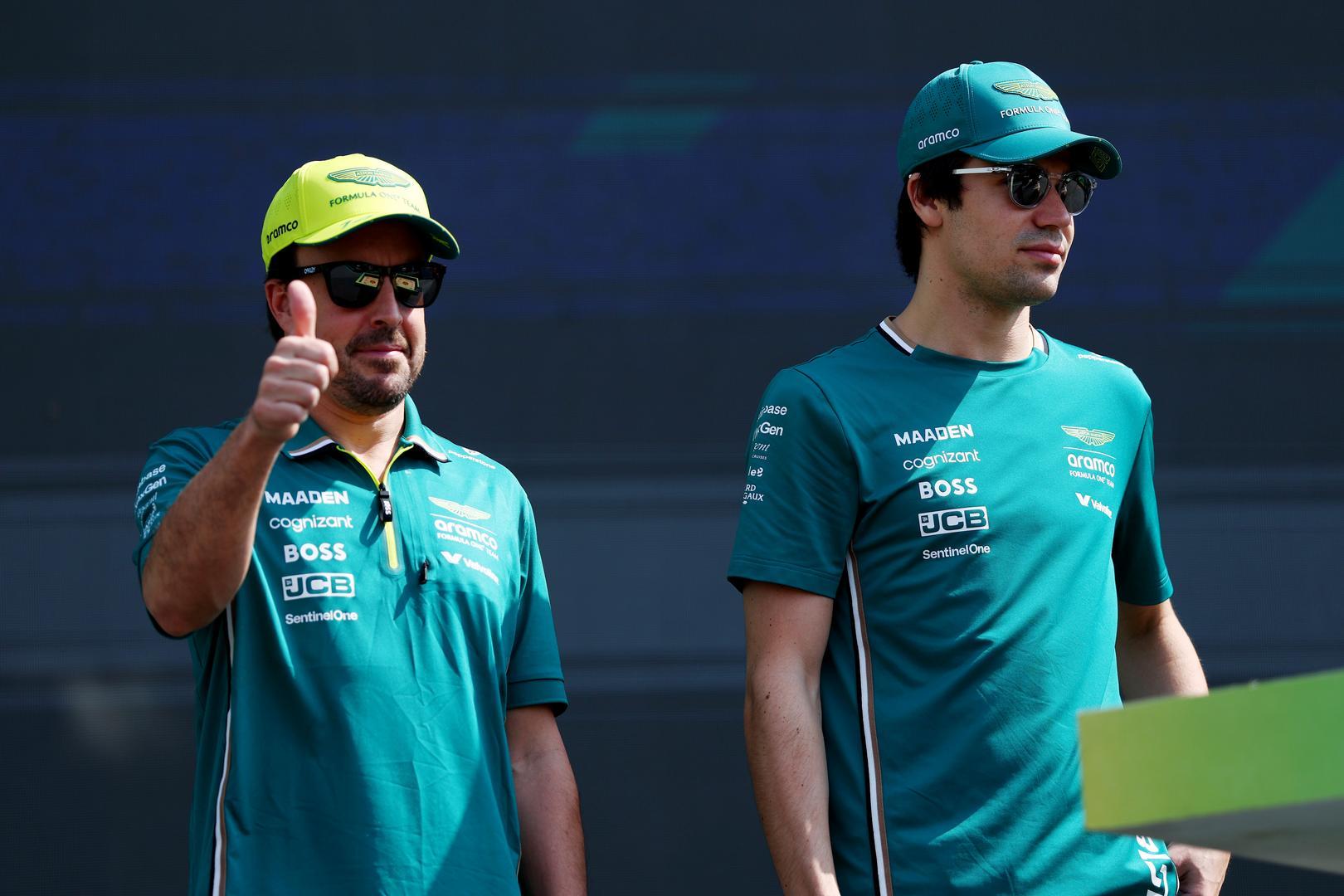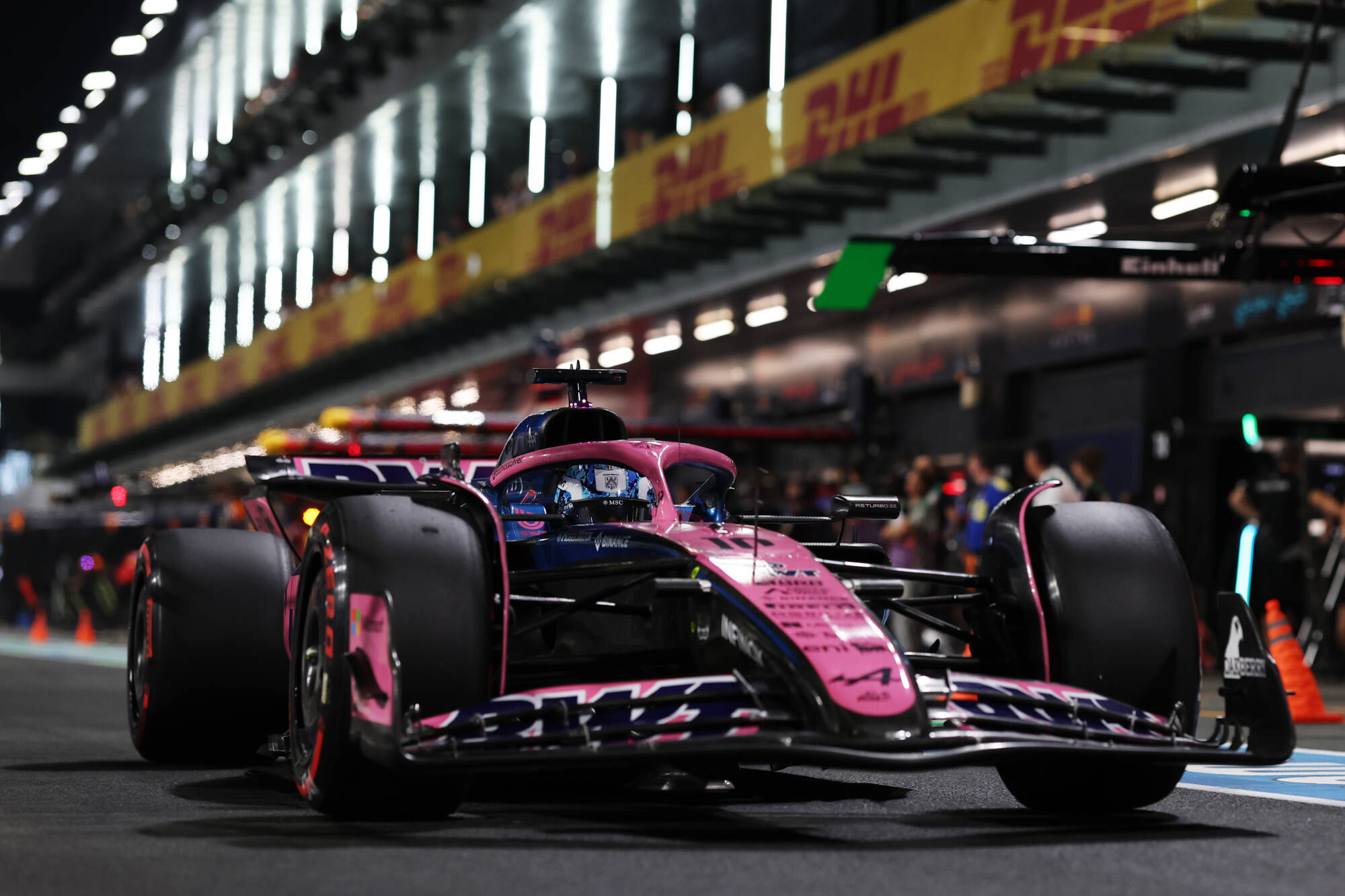Aston Martin’s 2023 campaign started with promise, with Fernando Alonso securing podium finishes at 6 of the first 8 races. However, as rivals like McLaren, Mercedes, and Ferrari gained ground with upgrades, the Silverstone-based team found themselves sliding down the order. The culprit? Misleading data from their simulation tools, as their technical director reveals.

Photo credit: Aston Martin Aramco Cognizant F1 Team
As the season unfolded, Aston Martin had faced a series of setbacks although starting the season with a good foot. The team attributed these issues to the “side-effects” of the development path they’d taken, which had adversely affected the balance of their AMR23.
Before the United States Grand Prix, technical director Dan Fallows explained, “We can see where we went wrong in terms of upsetting the car’s balance. We’ve understood why that’s hurt our overall performance. Now, it’s a question of making sure that we don’t make the same mistakes again: it’s certainly been a year of learning.”
Hoping to address their errors, Aston Martin introduced a new set of upgrades at the United States Grand Prix. However, brake problems during FP1 clouded their prospects. Lance Stroll’s promising performance in the main race did offer a glimmer of hope, suggesting the team might be on the path to recovery as they look forward to racing in Mexico.
Deputy technical director Eric Blandin shed light on the challenges they faced, admitting that wrong information from their simulation tools had steered them in the wrong direction. He noted, “We were led in a certain direction by our simulation tools on the aerodynamic side, and we did follow a path that was just the wrong one. I think we have now corrected the issue with the new package.”

Photo credit: Aston Martin Aramco Cognizant F1 Team
The revelation that simulation tools played a role in their upgrade missteps raises questions about the team’s approach to these tools. Eric Blandin noted, “You always have to do improvements, constantly. We’re always improving our simulation. A simulation tool is as good as what you put in the simulation. So, it’s about understanding better and trying to improve the correlation.”
Tom McCullough, Aston Martin’s performance director, highlighted a significant challenge they faced this year: finding a performance balance suitable for both low and high-speed corners. He explained, “Ultimately, with this generation of cars, being strong in low and high-speed corners, from a rear ride height optimization, is a little bit of a challenge without having porpoising, and how close you get to that. That is still the issue now two years down the road for everyone.”
He continued, “If you look at our car, it hasn’t been particularly strong in high-speed corners and low-speed corners [at the same time]. So, we’re unable to do one or the other reasonably well, nearly since the start of the year. What we’re trying to do is have an envelope that allows us to be strong at both lower ride heights and higher ride heights.”
McCullough also emphasized that they hadn’t aimed to make the car easier to drive but had instead focused on making updates that were more manageable while maintaining speed. He concluded, “What we’re trying to do is just have a car that you can go to 24 races and be competitive at.”




